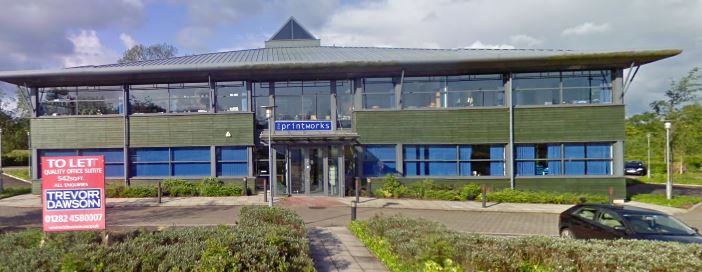For many years up to 2015 it had been the practice of the Valuation Office Agency (VOA), and of rating surveyors generally, to treat contiguous units of property as a single rateable hereditament (as a unit of assessment for rating purposes is known). This practice was not approved by the Supreme Court in its decision in Woolway (VO) v Mazars LLP (2015), which determined that separate, but contiguous, units in the same occupation, should be treated as separate hereditaments.
Following that decision, the VOA took action to split a number of properties into two or more hereditaments, but the Government introduced legislation, in the form of The Rating (Property in Common Occupation) and Council Tax (Empty Dwellings) Act 2018, which allowed the “restoration” of the previous VOA practice in appropriate cases.
The exact meaning of that legislation has come before the Upper Tribunal (Lands Chamber) for the first time, in the case of Roberts (VO) v Backhouse Jones Limited (2020) UKUT 0038 (LC), which concerned office suites in a modern office development near Clitheroe.
The issue in this case was whether two office suites, in the occupation of the same ratepayer, which would be contiguous but for a communal fire escape corridor which separated them, should be entered in the rating list as a single hereditament. The Valuation Tribunal for England had allowed the ratepayer’s appeal and merged the two assessments into one, and the Valuation Officer appealed against that decision to the Upper Tribunal.
After a helpful review of the legislation and case law, in particular the “contiguity” provisions of the legislation, the Upper Tribunal decided that the two assessments in this case should not be merged and allowed the Valuation Officer’s appeal to reinstate the two separate hereditaments in the 2010 rating list. The Tribunal found that, although the fire corridor represented “space” between the two suites, no part of the wall in which the fire door was inserted enclosed both suites. The legislation requires that some or all of the means of enclosure of one hereditament must form a means of enclosure of the other hereditament, and that requirement was not satisfied. The presence of service pipes above the ceiling of the fire corridor was not sufficient to link the two suites so as to bring them within the ambit of the legislation.
It should be noted that the ratepayers were not represented at the Upper Tribunal hearing and did not attend, so there was no counter-argument to the legal submissions made on behalf of the Appellant. But, having said that, the Upper Tribunal’s decision was admirably clear and it seems improbable that any other outcome was likely based on the facts of this particular case.

